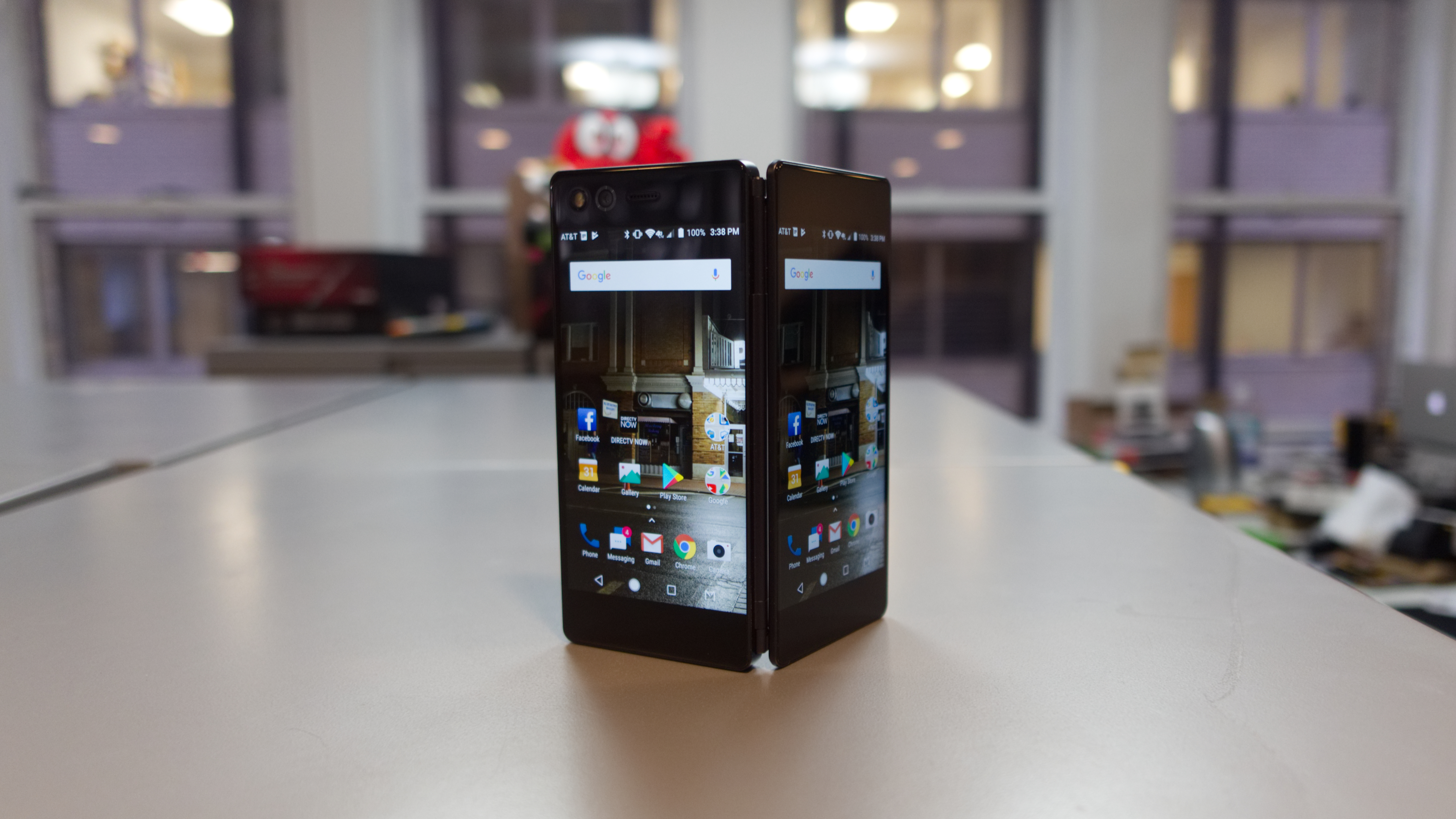Why you can trust TechRadar
The ZTE Axon M features a 3,180mAh non-removable battery that’s packed into the thicker side of the phone, also sharing the space with the other components.
In terms of its general performance, judging it depends completely on how many screens you plan to use. Just going to use it in single-screen mode? You’ll get a good bit more than a day of constant use – that includes gaming, social media and watching, say, a feature-length film or two. What you’re getting here is, by and large, a bit better than the results shown by many other flagship smartphones that cost above $700. Most of this is due to the fact that the Axon M powers a 1080p display, which taxes the battery less than a 2K display would.
Flipping into dual-display mode tells a different story, as you might imagine. No matter the “M” mode you choose, it’s going to drain the battery faster. However, some modes take sips while others gulp from it. For instance, the mode that lets you run two data and battery-intensive apps zeroed out the battery from the 43% mark in about two hours.
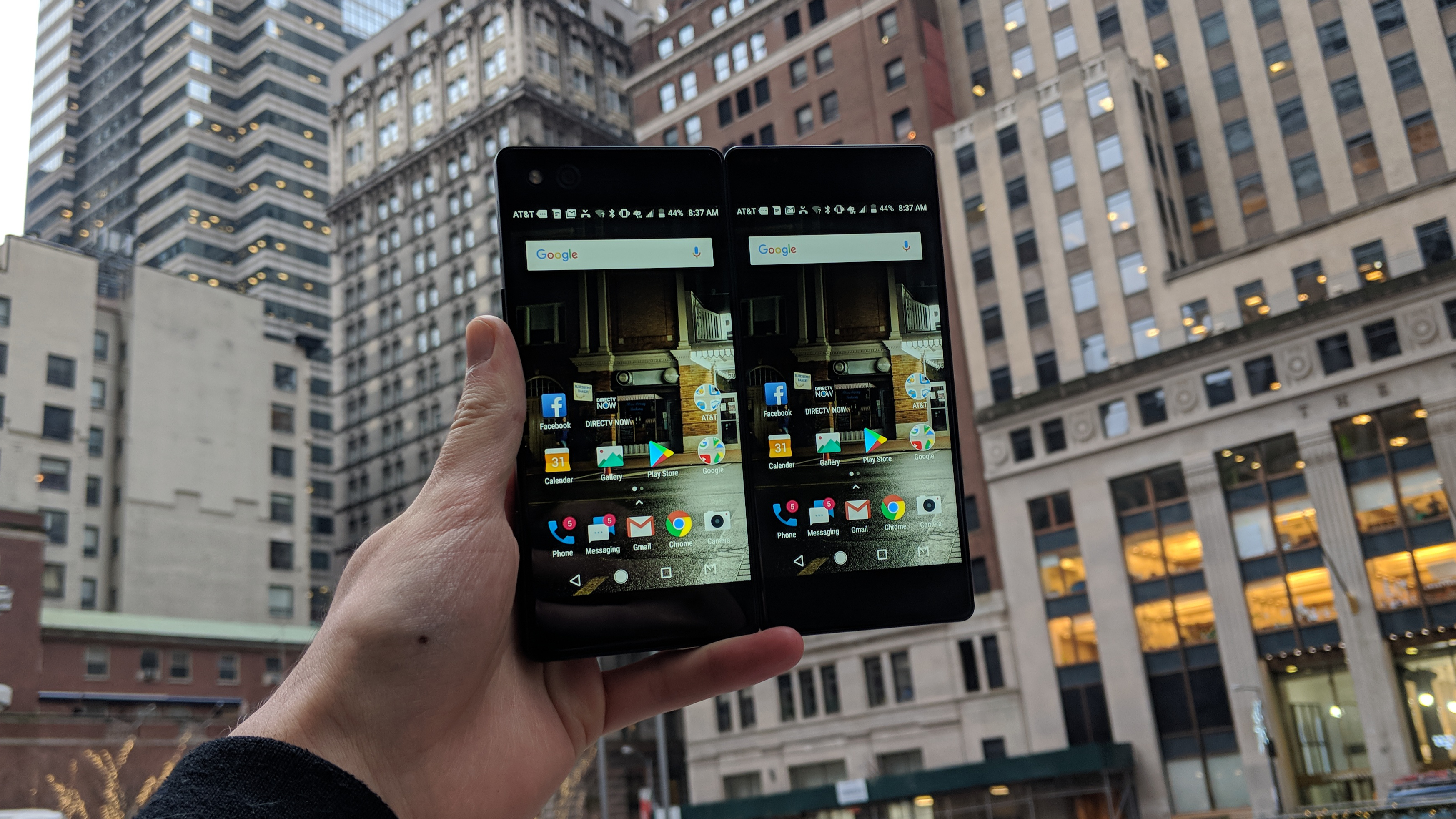
Watching a film in single-screen mode reduced a 100% charge by just 10%, which is among the better results we’ve seen. Flipping open the screen to play the movie on two screens yields good results, too, with the battery dipping down to 83% from a full charge after 90 minutes of continuous play.
Once the Axon M has run out of charge, it takes a bit less than 90 minutes to recharge it fully. During our testing, around 50 minutes brought it up to 80%, while just 20 minutes on the charger raised it to 30% – more than enough to start or finish your day.
Camera
While the ZTE Axon M’s design makes for some unique, and often times fun experiences, the camera suffers majorly because of it. This phone is stocked with just one lens, not two like you are used to on just about every other phone in use today.
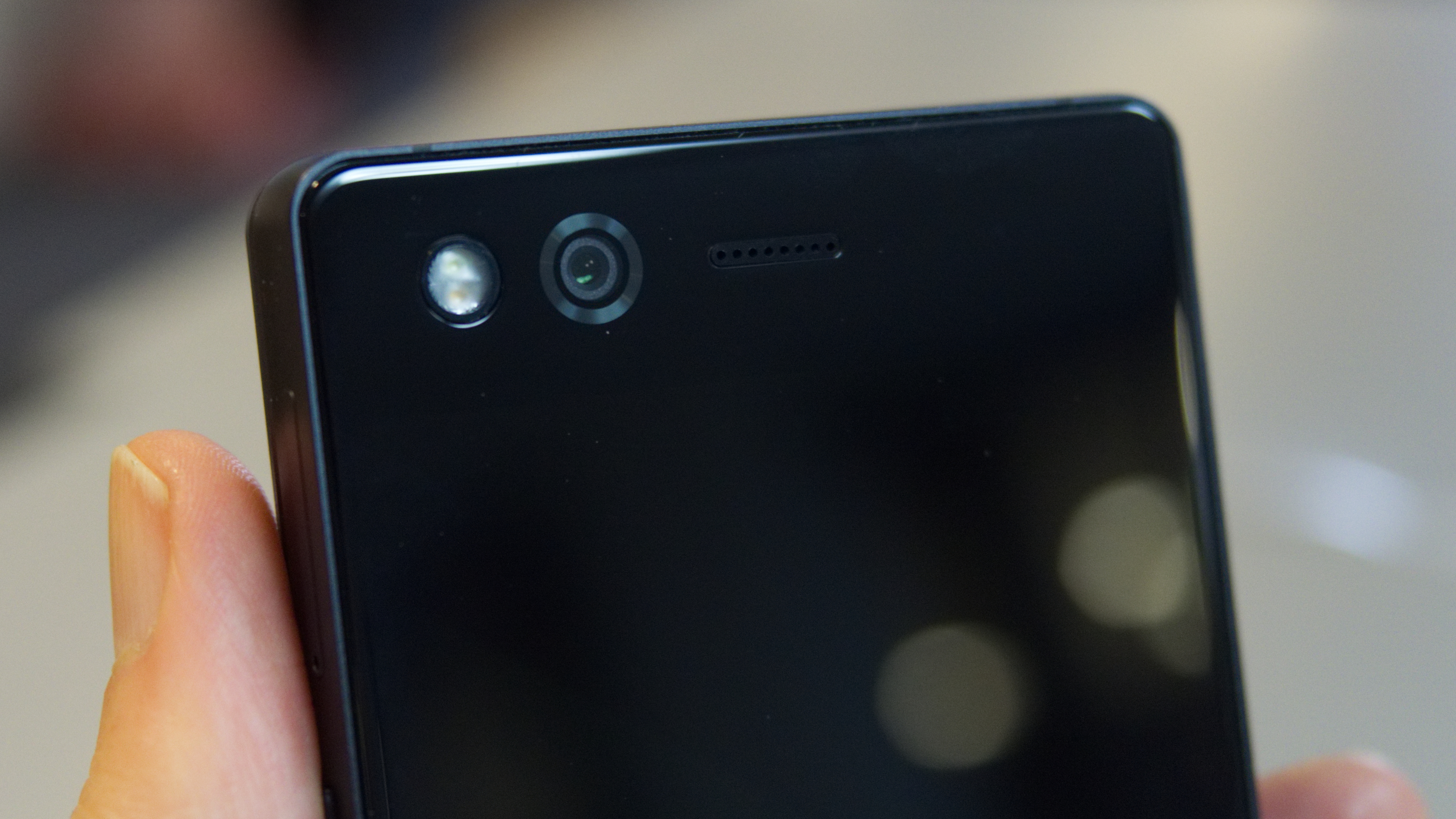
The 20MP lens is pleasantly capable, but only in near-perfect circumstances. Photos are filled with detail and accurate color, but only if you’re standing still. More often than not, my creations are blurry due to the lens’ slow capture speed – an unacceptable reality for today’s snap, go and share lifestyle.
Sign up for breaking news, reviews, opinion, top tech deals, and more.
Low-light performance is so-so, but it should be so much better with the camera’s f/1.8 aperture value. There appears to be no help on the software side of things to even out the lighting and color balance, as night-time photography doesn’t look as well-lit as, say, the original Google Pixel with its lesser f/2.0 aperture lens.
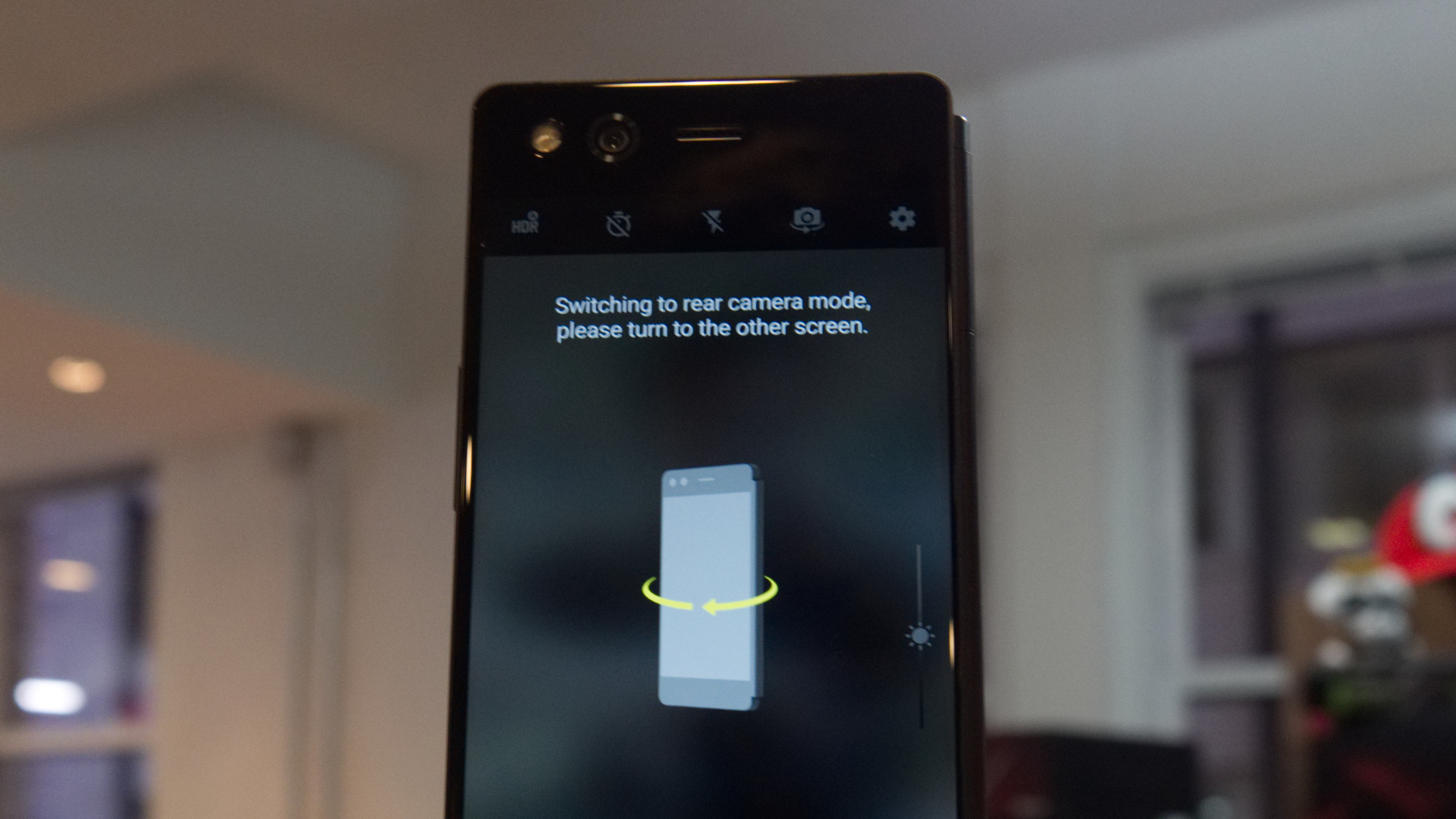
Using the Axon M’s camera is about as unintuitive as they come, requiring sleight of hand, patience and again, a hearty dose of needless gambling with the chance of picking it up incorrectly being higher than it should be. Thankfully, you can assign booting up the camera to double-tapping the Quick Launch button, but most people will try to launch it from the lockscreen, where it forces you to flip the phone over to use the second display as a viewfinder.
If you’re taking a selfie, you’ll have to go through the above steps, then tap the button to switch the camera and rotate the entire phone back around. At its worst, it’s multiple steps too many.
We’ve included some samples that show off the Axon M’s high and low points in photography.

In perfect conditions, things look really nice and crisp

The Axon M comes with a trippy double exposure mode
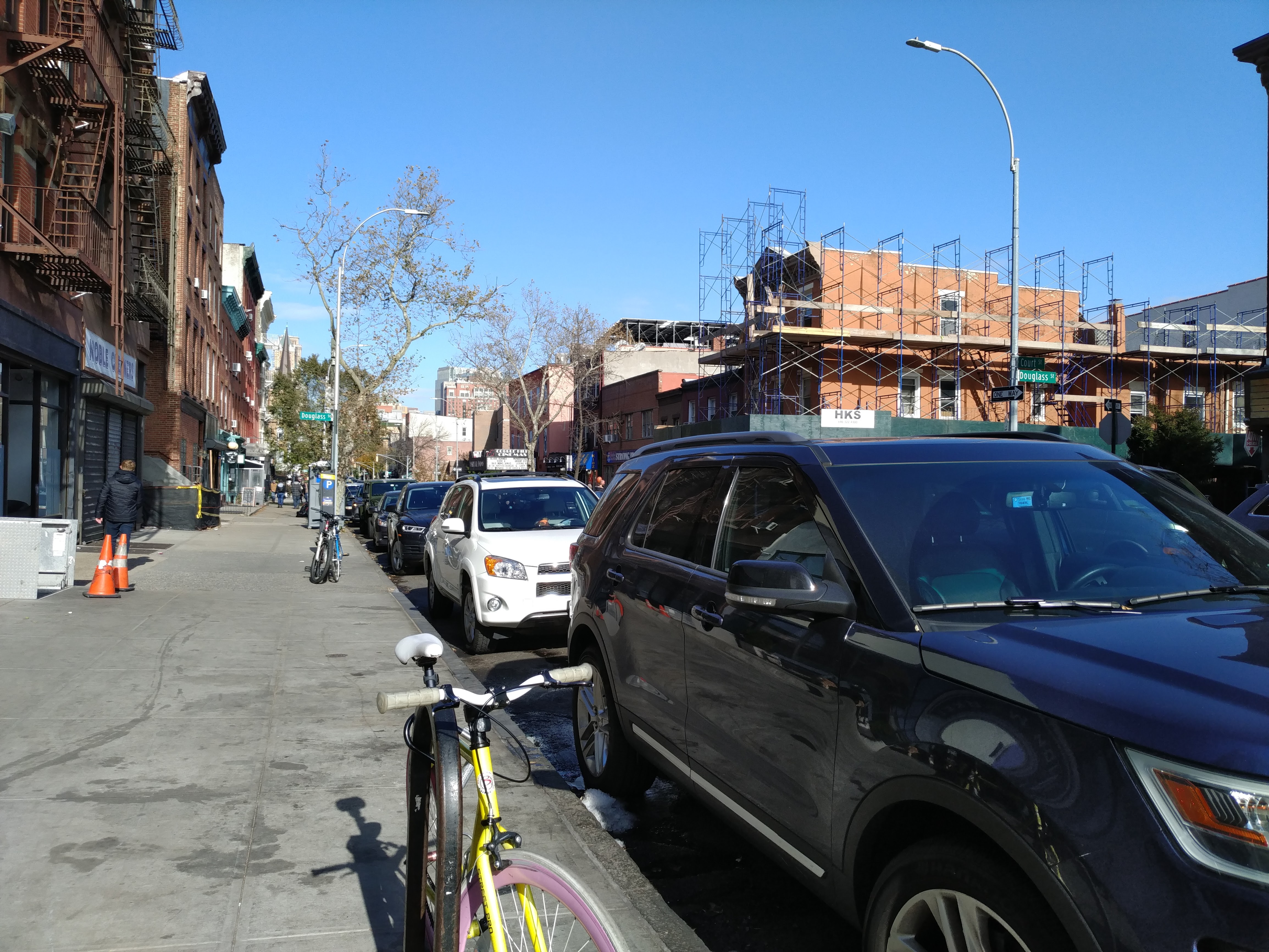
A very respectable job on this photo

The Axon M handles the colors here nicely

Lots of nice detail here, but the highlights are overblown

The lighting is handled delicately, but it's ultimately unsatisfactory given its f/1.8 aperture chops.

I tried to amp up the lighting, but the shutter speed couldn't keep up

Cameron is a writer at The Verge, focused on reviews, deals coverage, and news. He wrote for magazines and websites such as The Verge, TechRadar, Practical Photoshop, Polygon, Eater and Al Bawaba.
